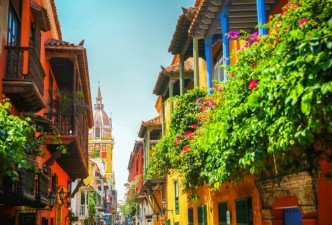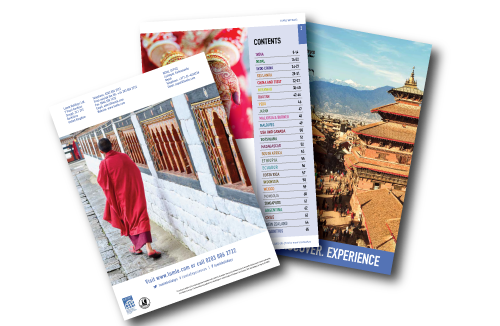Colombia Travel FAQs: Essential Information for Your Trip
Whether you’re exploring vibrant cities like Bogotá and Cartagena or trekking through the Amazon Rainforest, it’s important to be well-prepared for your trip to Colombia. Here are the most frequently asked questions about traveling to Colombia, covering everything from visas to safety and health precautions.
1. Do I Need a Visa to Visit Colombia?
Travelers from many countries, including the US, Canada, the UK, the EU, Australia, and New Zealand, do not need a visa to visit Colombia for stays of up to 90 days. Your passport must be valid for at least six months beyond your intended stay. If you plan to stay longer or visit for business, check with the Colombian consulate for specific visa requirements.
2. What Currency is Used in Colombia?
The official currency of Colombia is the Colombian Peso (COP). ATMs are widely available in major cities like Bogotá, Medellín, and Cartagena, and credit cards are accepted at most hotels, restaurants, and stores. However, it’s a good idea to carry some cash, especially when visiting rural areas or small towns where card payments may not be accepted.
3. When is the Best Time to Visit Colombia?
The best time to visit Colombia depends on your destination and activities. The dry season, from December to March, is ideal for visiting the Caribbean coast, trekking in the Sierra Nevada, and exploring cities like Cartagena and Bogotá. The rainy season, from April to November, is best for visiting the Amazon Rainforest and experiencing lush landscapes, but you may encounter more rain in regions like Medellín and the Coffee Triangle.
4. What Languages are Spoken in Colombia?
The official language of Colombia is Spanish, and it is spoken by the majority of the population. In tourist areas, especially in major cities and hotels, you’ll find that some people speak English. However, learning a few basic Spanish phrases will be helpful and appreciated by locals, especially when traveling to rural areas.
5. How Safe is Colombia for Tourists?
Colombia has made significant progress in safety and is now considered safe for tourists, but like any destination, it’s important to take precautions. In larger cities like Bogotá, Medellín, and Cartagena, be mindful of pickpockets, especially in crowded areas and on public transport. Stick to well-lit and busy areas at night, and avoid displaying valuables. When trekking or visiting remote areas like the Amazon, it’s advisable to travel with a guide or join organized tours.
6. Can I Drink Tap Water in Colombia?
In most large cities like Bogotá, Medellín, and Cartagena, tap water is safe to drink. However, in rural areas, smaller towns, and remote regions, it’s advisable to drink bottled or filtered water. If you’re unsure, stick to bottled water, which is widely available across the country.
7. What Should I Pack for a Trip to Colombia?
Packing for Colombia depends on the regions you plan to visit. For the tropical Caribbean coast and beach destinations like Cartagena and San Andrés, bring lightweight clothing, sunscreen, and swimwear. In the Andean cities of Bogotá and Medellín, pack layers, as the weather can be cooler, especially in the evenings. For jungle adventures in the Amazon, bring long sleeves, insect repellent, and rain gear. Always pack comfortable shoes, especially if you plan on trekking or exploring cities on foot.
8. How Do I Get Around in Colombia?
Colombia has a variety of transportation options, depending on your destination. Domestic flights are the quickest way to travel between major cities like Bogotá, Cartagena, and Medellín. For shorter distances, buses are an affordable and popular choice, especially in regions like the Coffee Triangle. In cities, you can use taxis, ride-hailing apps like Uber, or public transportation systems, such as Bogotá’s TransMilenio bus network or Medellín’s metro system.
9. Do I Need Vaccinations to Visit Colombia?
While no vaccinations are required to enter Colombia, it’s recommended to have vaccines for yellow fever, especially if you plan to visit the Amazon or other rural areas. Other suggested vaccinations include hepatitis A, typhoid, and routine vaccinations like measles, mumps, and rubella (MMR). Always consult with your doctor or a travel clinic before your trip to ensure you are up to date on necessary vaccinations.
10. Is Travel Insurance Necessary?
While travel insurance is not required for entry into Colombia, it’s highly recommended. Travel insurance can cover unexpected events such as medical emergencies, flight cancellations, or lost luggage. If you plan on trekking or engaging in adventure activities, make sure your policy covers those as well. Healthcare in Colombia’s major cities is generally good, but medical treatment can be expensive without insurance.
These Colombia travel FAQs provide essential information to help you plan your trip and ensure a smooth and enjoyable experience. Whether you’re exploring Colombia’s vibrant cities, trekking through its lush landscapes, or relaxing on its tropical beaches, being prepared will help you make the most of your adventure.

 Nepal
Nepal Singapore
Singapore Taiwan
Taiwan India
India Bhutan
Bhutan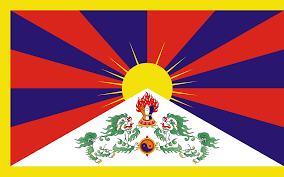 Tibet
Tibet China
China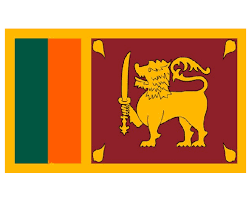 Sri Lanka
Sri Lanka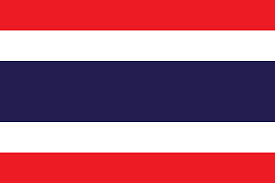 Thailand
Thailand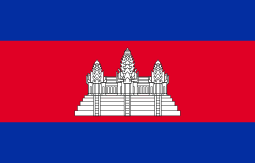 Cambodia
Cambodia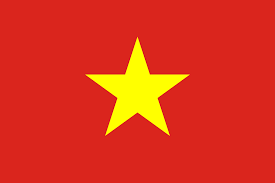 Vietnam
Vietnam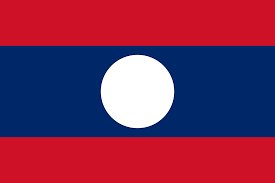 Laos
Laos Japan
Japan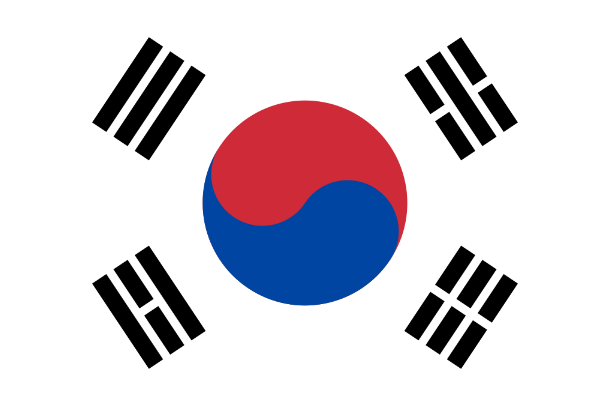 South Korea
South Korea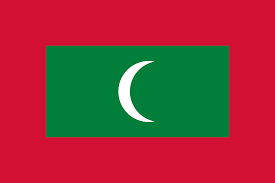 Maldives
Maldives Malaysia
Malaysia Indonesia
Indonesia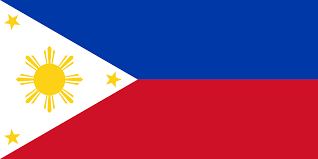 Philippines
Philippines Mongolia
Mongolia Uzbekistan
Uzbekistan Ethiopia
Ethiopia Kenya
Kenya Madagascar
Madagascar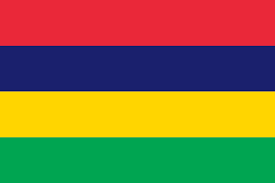 Mauritius
Mauritius Morocco
Morocco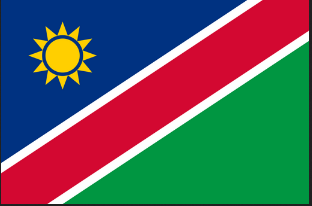 Namibia
Namibia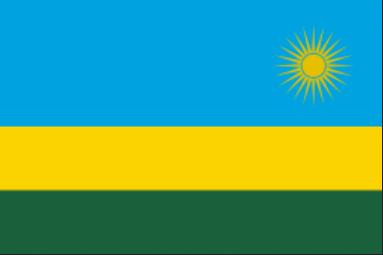 Rwanda
Rwanda South Africa
South Africa Tanzania
Tanzania Tunisia
Tunisia Uganda
Uganda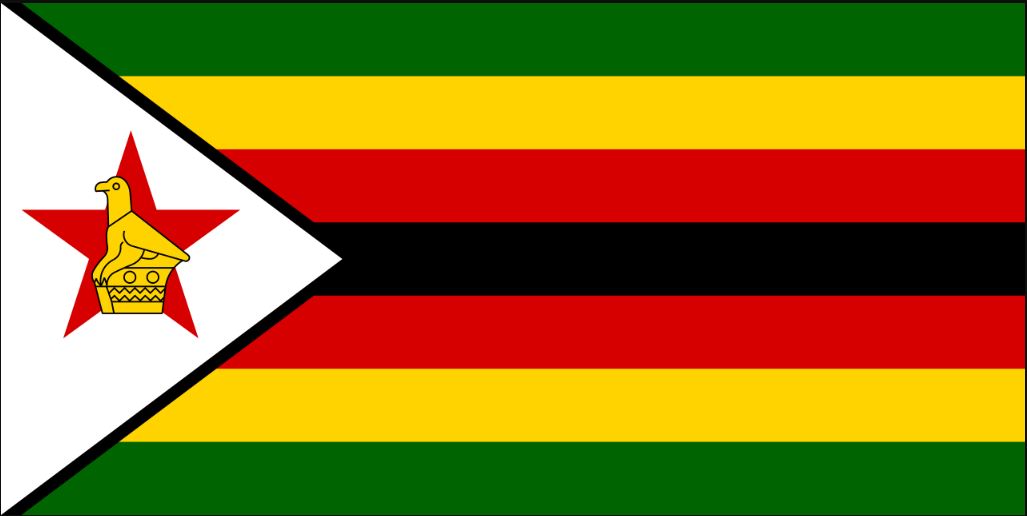 Zimbabwe
Zimbabwe Egypt
Egypt Jordan
Jordan Oman
Oman Saudi Arabia
Saudi Arabia United Arab Emirates
United Arab Emirates Armenia
Armenia Bulgaria
Bulgaria Croatia
Croatia Cyprus
Cyprus Czech Republic
Czech Republic France
France Greece
Greece Iceland
Iceland Ireland
Ireland Italy
Italy Malta
Malta Portugal
Portugal Romania
Romania Slovenia
Slovenia Spain
Spain Turkey
Turkey America
America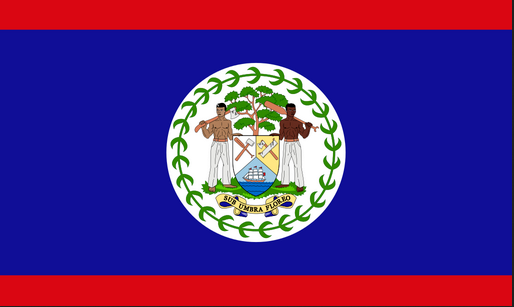 Belize
Belize Canada
Canada Costa Rica
Costa Rica Guatemala
Guatemala Mexico
Mexico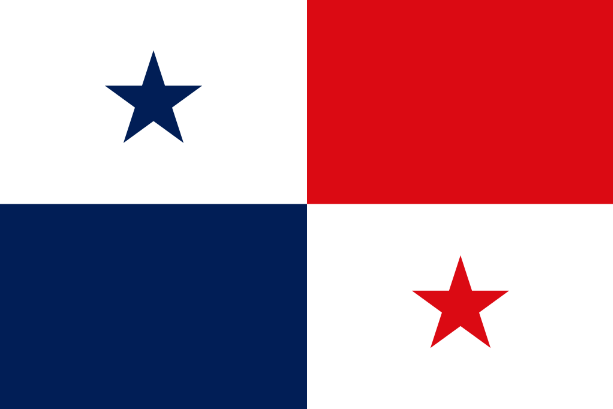 Panama
Panama Argentina
Argentina Brazil
Brazil Chile
Chile Colombia
Colombia Ecuador
Ecuador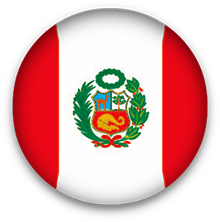 Peru
Peru Australia
Australia New Zealand
New Zealand